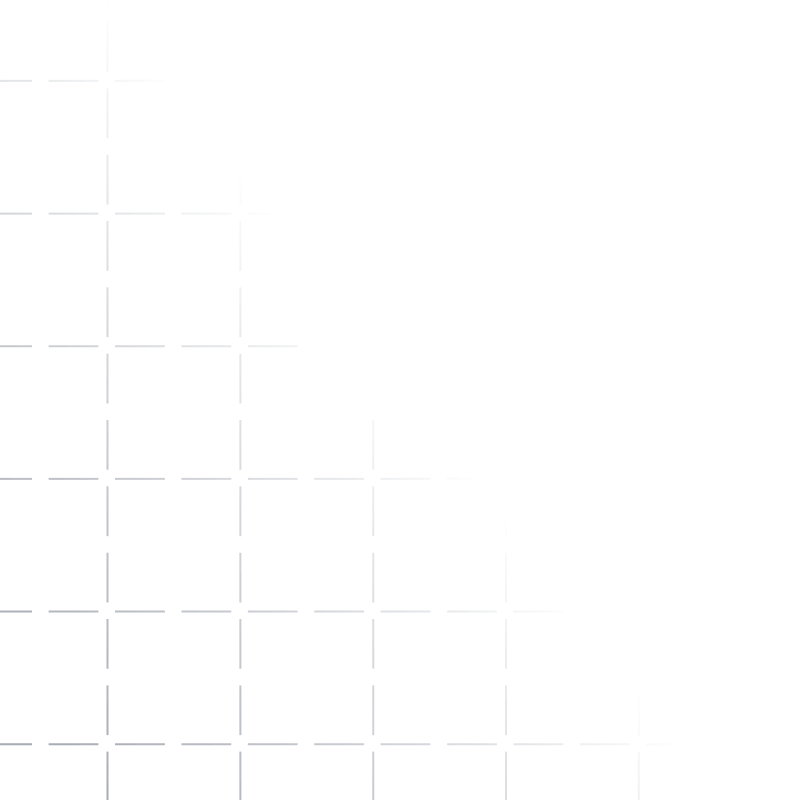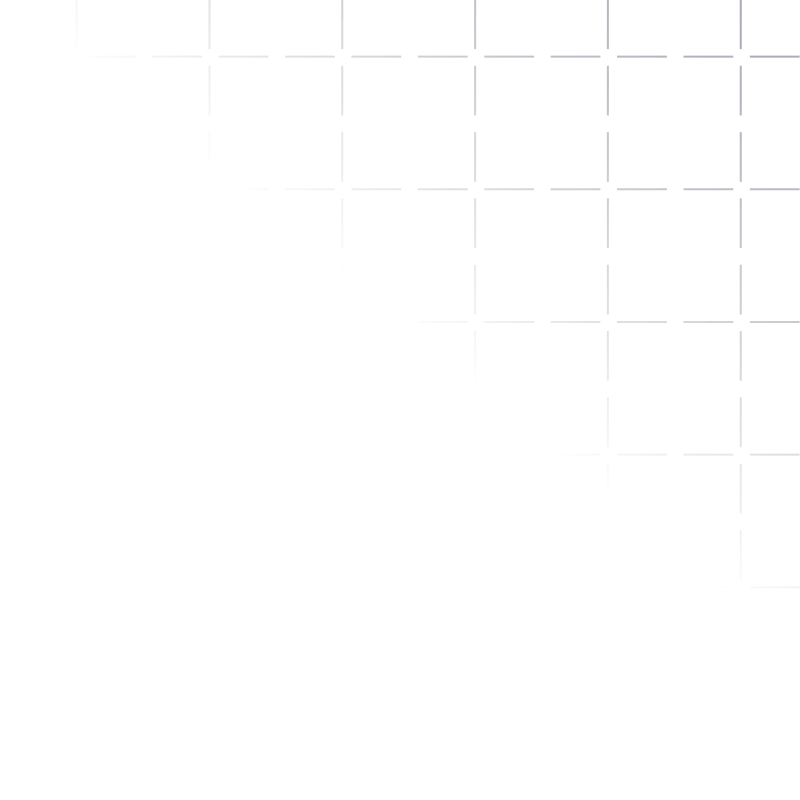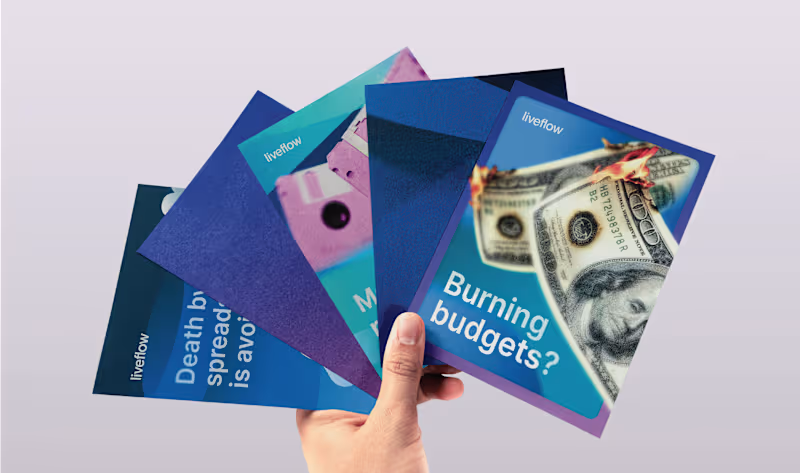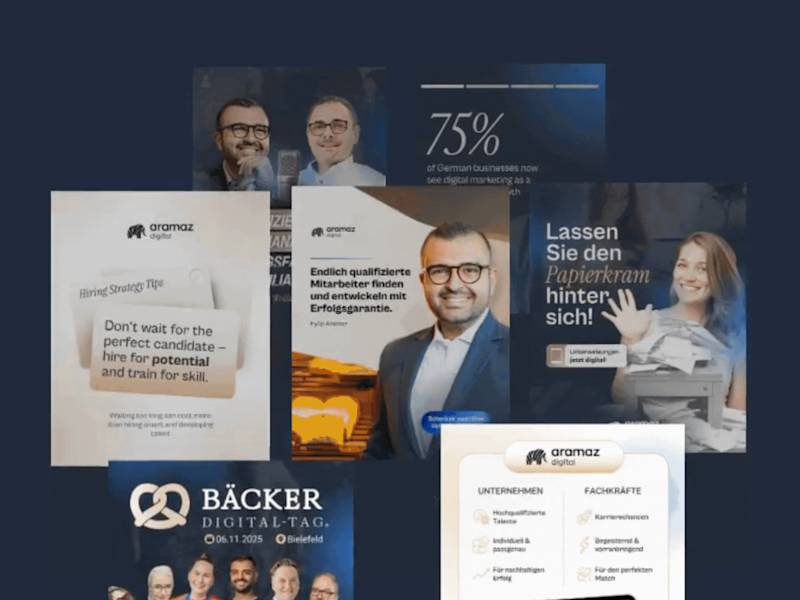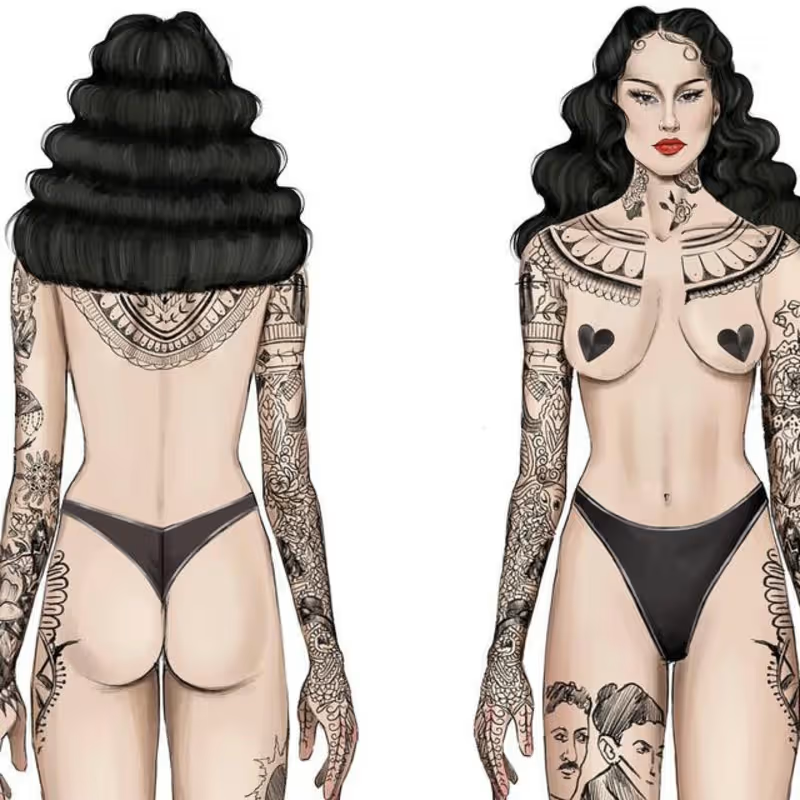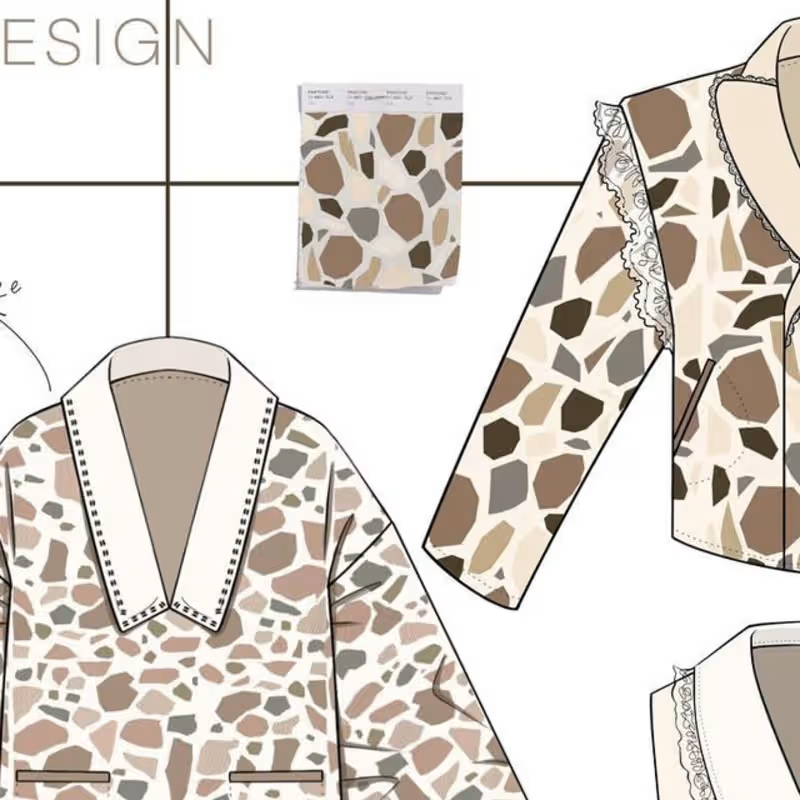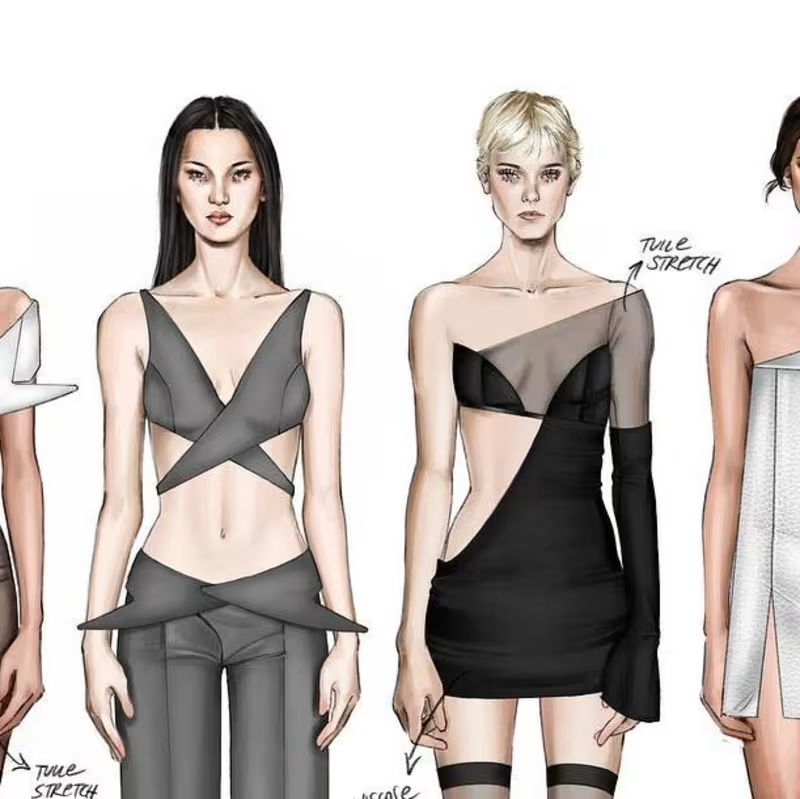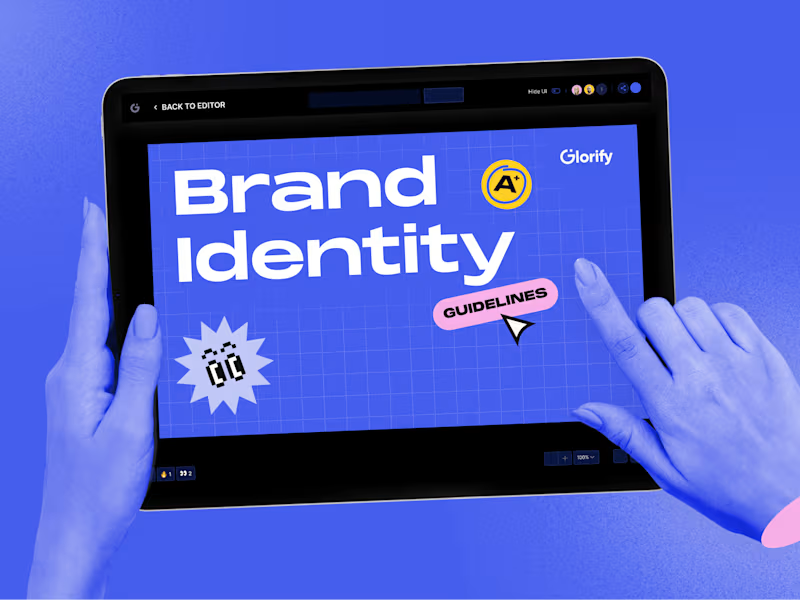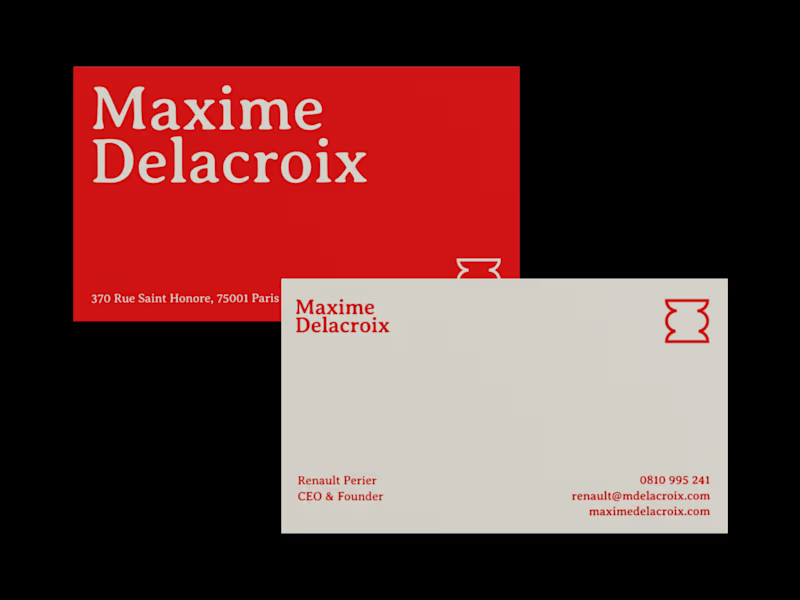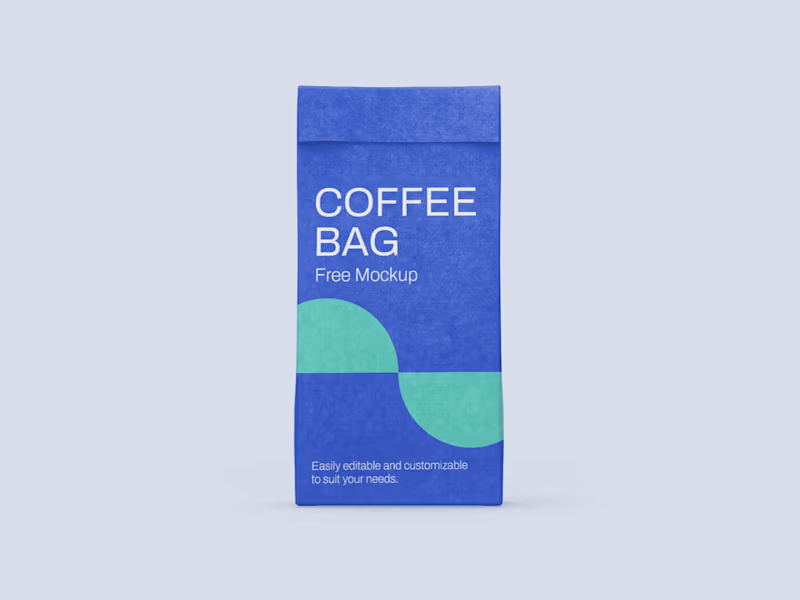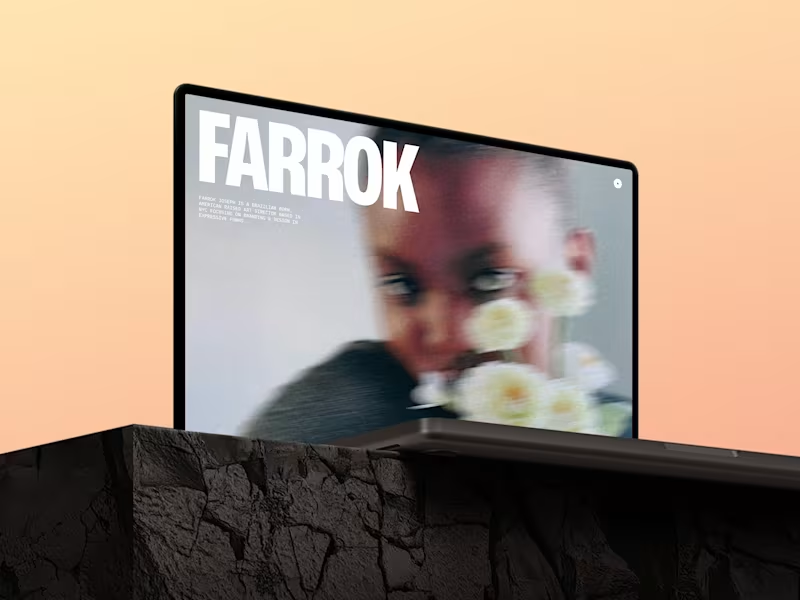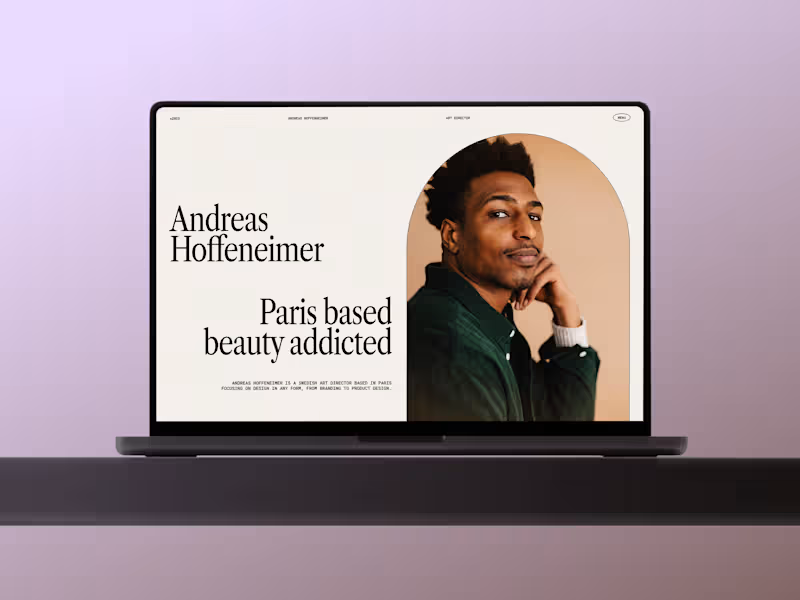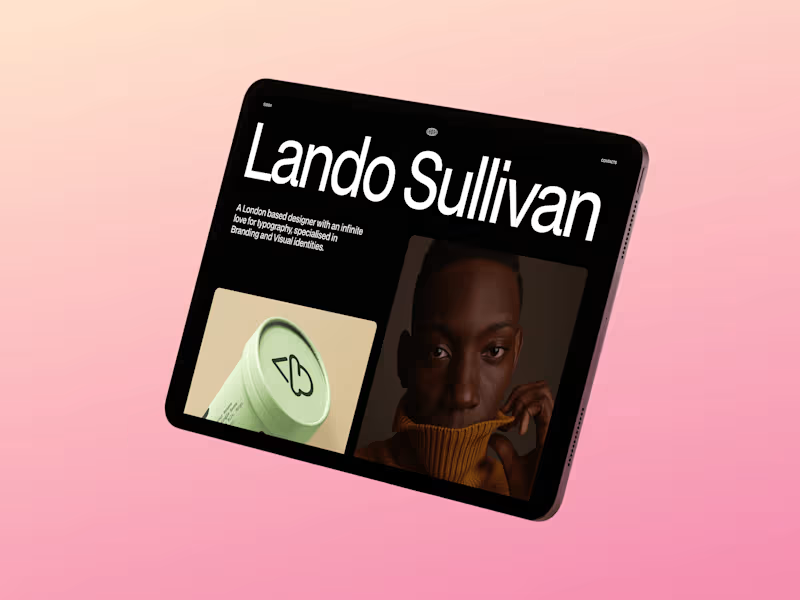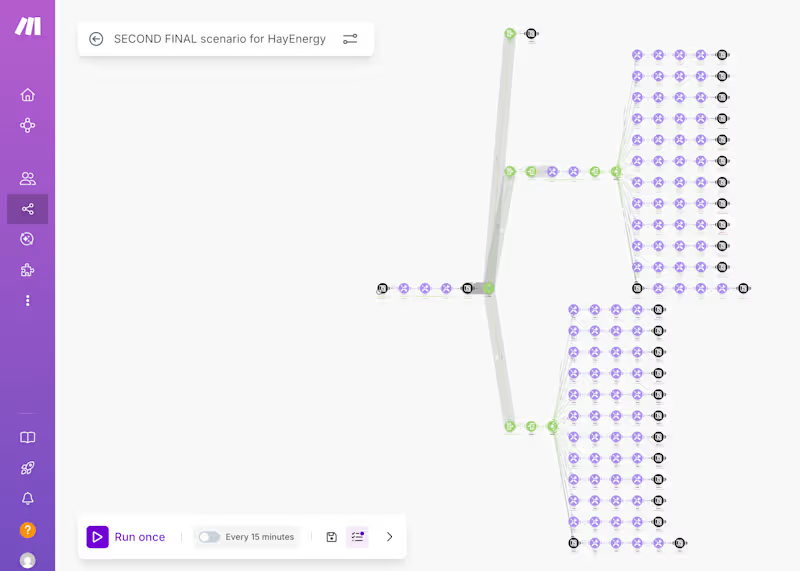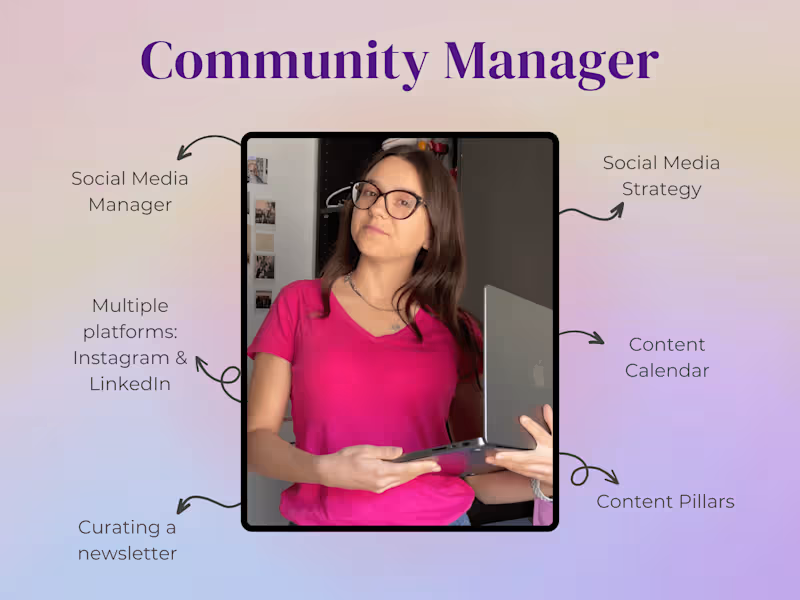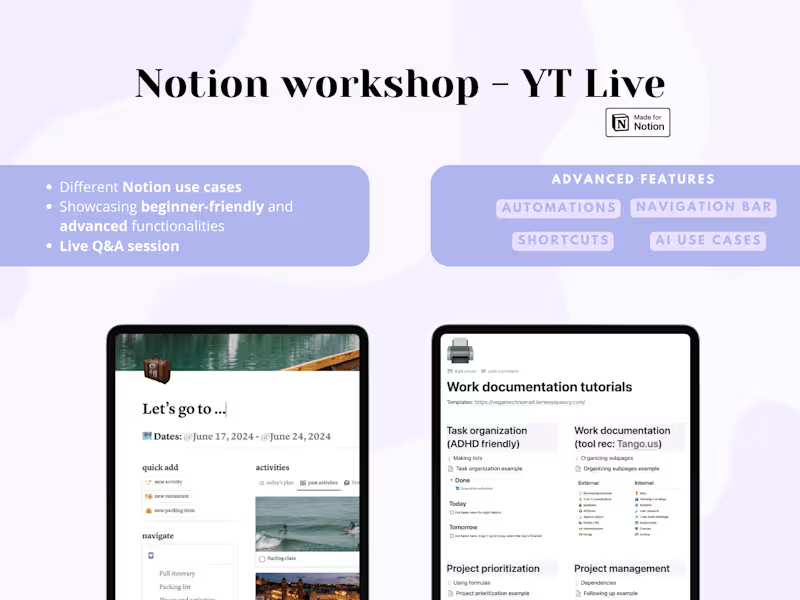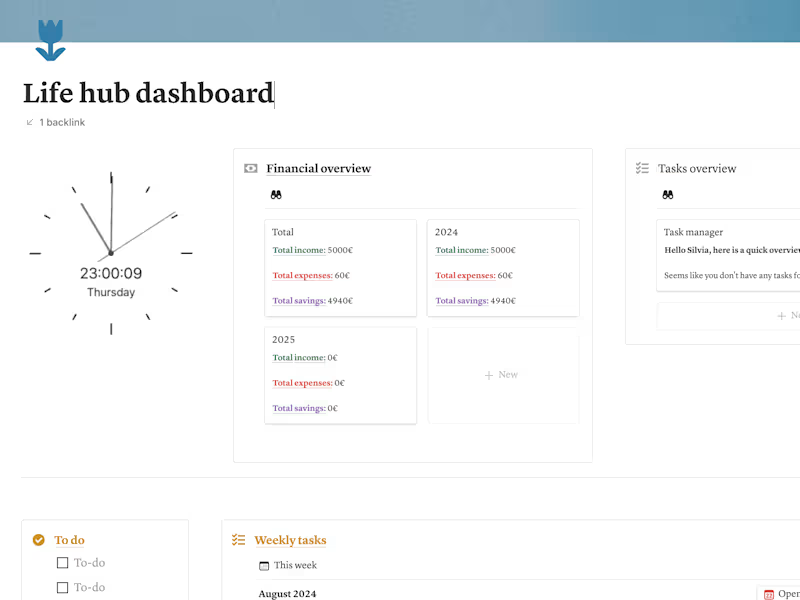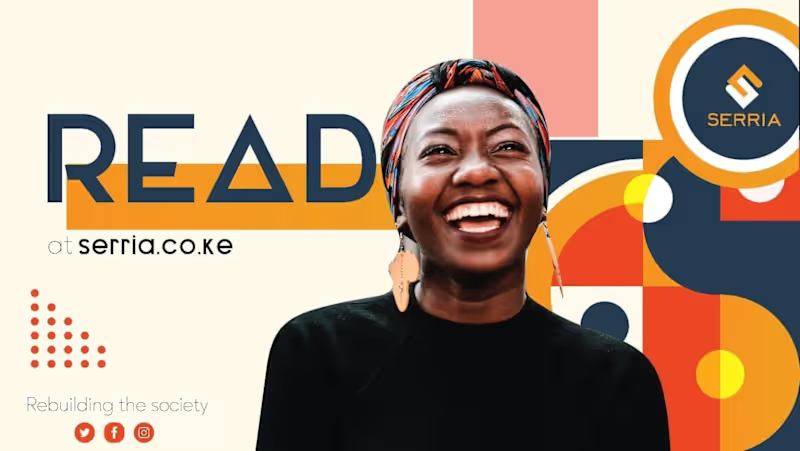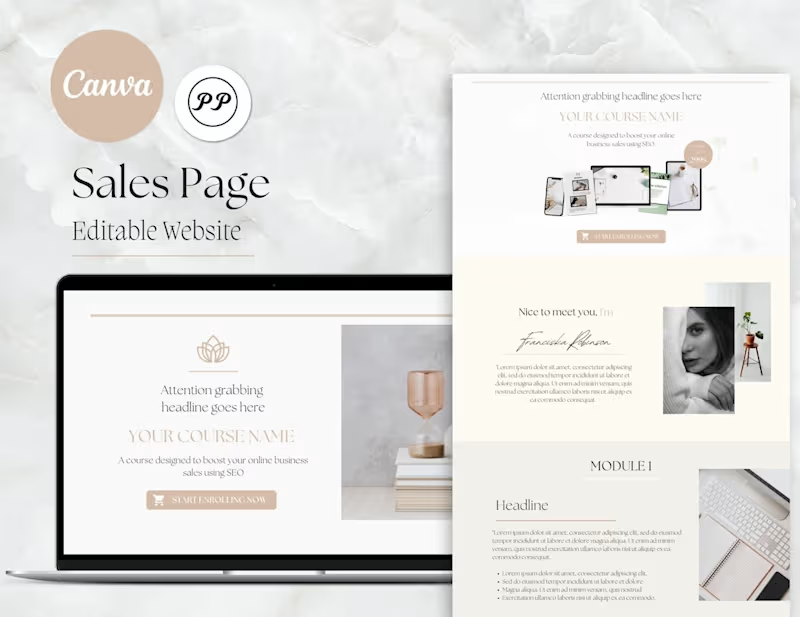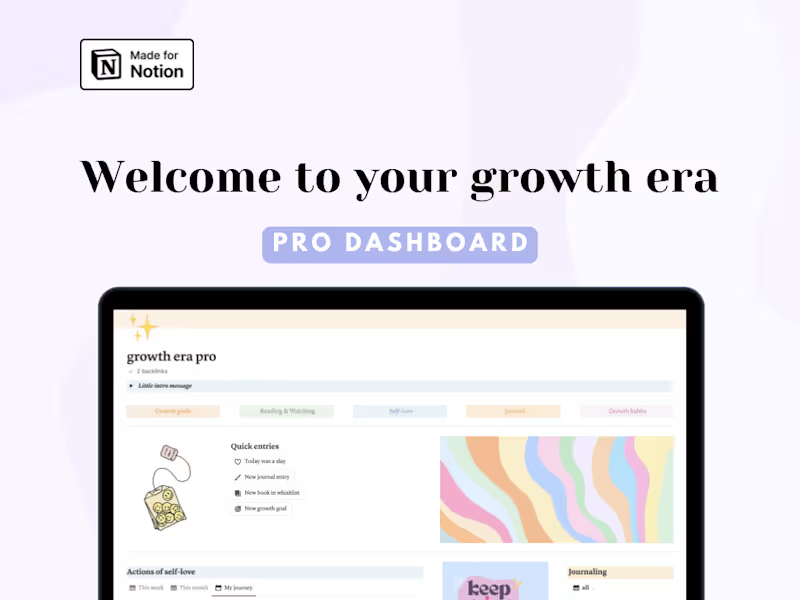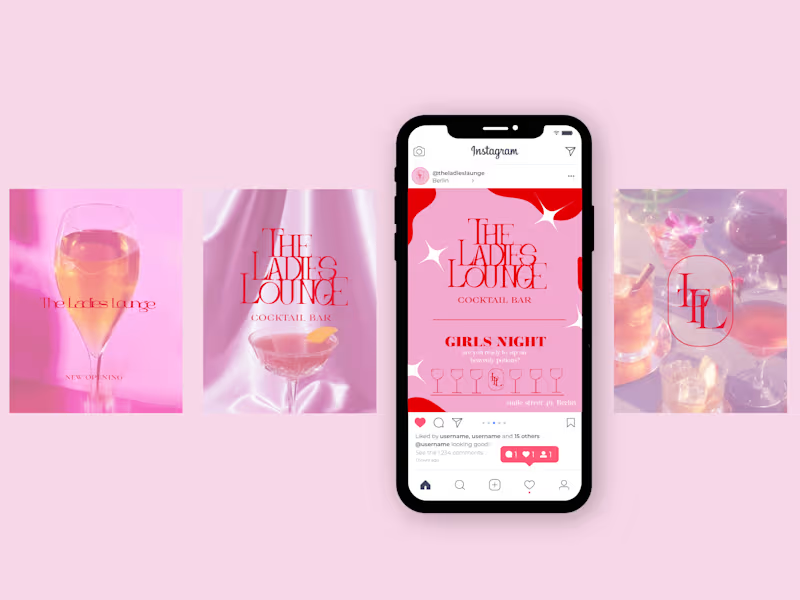What should I include in the project brief for a template designer?
When creating a project brief, it's important to be clear about your goals. Describe your project in simple terms and mention the type of templates you need. Talk about any specific style or theme you prefer. Detailed instructions help a designer understand your vision.
How can I assess a designer's previous work?
Review the designer's portfolio to see their past designs. Check if they have experience in making templates similar to what you need. Look for creativity and a style that matches your brand. Checking past client reviews can also give you insights.
What deliverables should I expect from a template design project?
Clarify what you will receive at the end of the project. This can include the design files in the required format and any necessary revisions. Make sure you agree on how many variations or drafts will be provided. Knowing what to expect helps avoid confusion.
How can I communicate my brand guidelines to the designer?
Share your brand guidelines document with the designer. It includes your brand colors, fonts, and style preferences. Clear communication of this information helps the designer create templates that align with your brand. Visual references or examples can be helpful too.
How do I set reasonable deadlines for a template project?
Work with the designer to agree on a timeline that fits your schedule. Consider the complexity of the templates and the designer's current workload. Setting a realistic deadline ensures high-quality work without rushing. Open communication helps align expectations.
What should I prepare before starting a template design project?
Gather any existing materials or resources the designer might need. This includes logos, images, and previous templates. Having these resources ready will help the designer get started quickly. Preparation also includes setting clear goals and deadlines.
How can I ensure a smooth onboarding process with the designer?
Introduce the designer to your team and any tools they will need to use. Share your project management and communication preferences. A smooth onboarding process helps the designer feel welcomed and start the project with a clear understanding of expectations.
How do I discuss revisions and feedback with the designer?
Decide on a feedback process before the project begins. Agree on how many revision rounds are allowed and set clear guidelines. Constructive feedback helps improve the design. Open communication ensures both you and the designer are on the same page.
How can I ensure the templates match my business needs?
Clearly communicate your design requirements and business goals with the designer. Share examples of templates you like or use frequently. This helps the designer understand what works best for you. A good match ensures the templates meet your needs effectively.
Who is Contra for?
Contra is designed for both freelancers (referred to as "independents") and clients. Freelancers can showcase their work, connect with clients, and manage projects commission-free. Clients can discover and hire top freelance talent for their projects.
What is the vision of Contra?
Contra aims to revolutionize the world of work by providing an all-in-one platform that empowers freelancers and clients to connect and collaborate seamlessly, eliminating traditional barriers and commission fees.

- $25k+
- Earned
- 6x
- Hired
- 5.0
- Rating
- 67
- Followers
Hired


expert
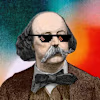
- $10k+
- Earned
- 9x
- Hired
- 2
- Followers

- $5k+
- Earned
- 6x
- Hired
- 5.0
- Rating
- 8
- Followers
